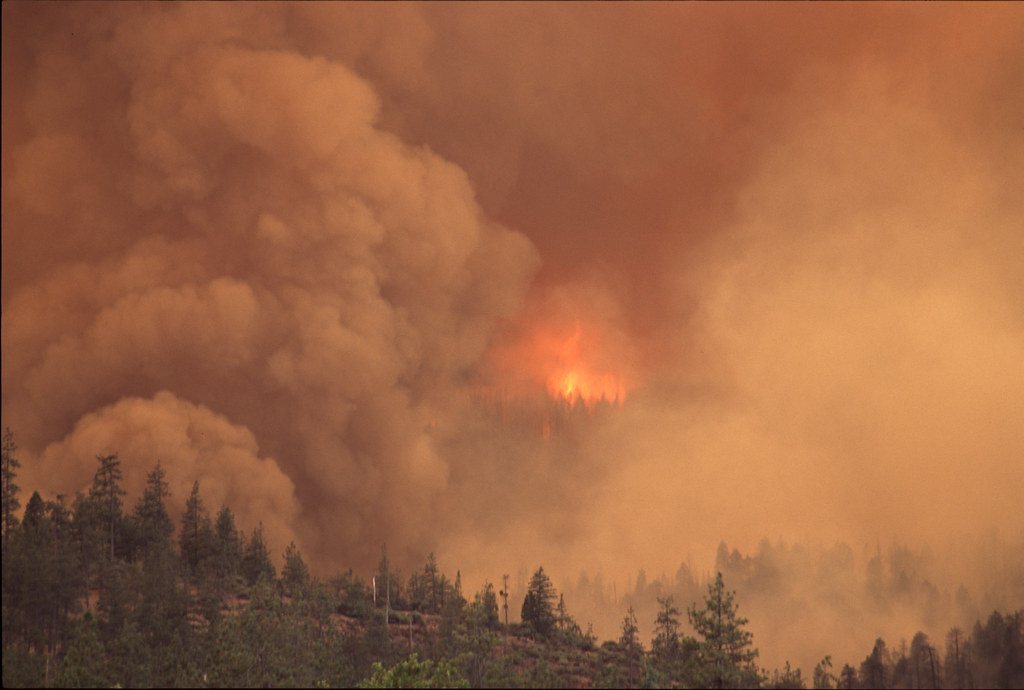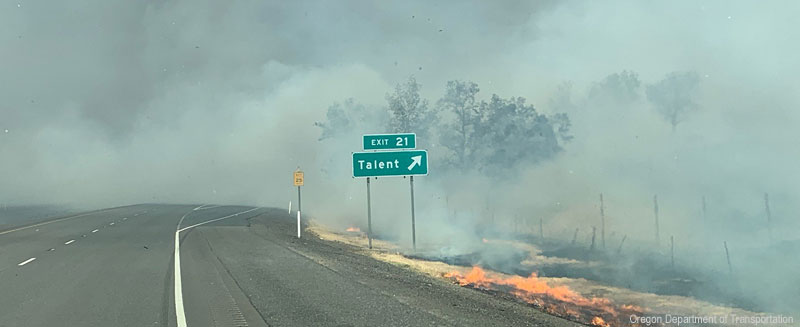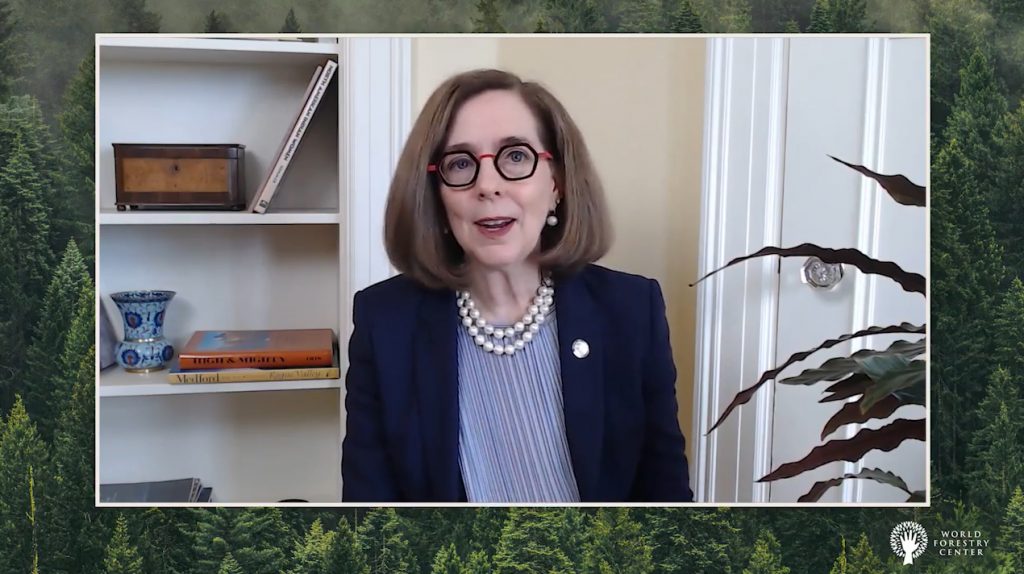Wildfires are natural. Megafires are not.
In 2020, large and severe wildfires ravaged much of the western United States. While still early, it is already clear the 2021 fire season will also be marked by catastrophic wildfires.
In Oregon, everyone is impacted by wildfire. Increasingly, there are direct impacts to urban and rural communities alike, including widespread evacuations, life-threatening smoke, damage to vineyards and other crops, and power blackouts. Indirect, but more widespread impacts include staggering suppression and recovery costs siphoning critical tax dollars away from other essential public services. As with all matters related to climate change, the greatest impacts are felt by our most vulnerable communities: low-income families, tribal communities, other communities of color, the sick, the elderly, and the young.
Wildfires are a natural part of the ecology of forests. Severe megafires are not.
What Causes Megafires?

- Unnatural fuel build-up.
Natural wildfire regimes and Indigenous burning practices limited fuel accumulation over large areas. But a century of fire suppression, and land ownership and management changes, have created uncharacteristic fuel build-up on many forests and rangelands. - Climate change.
Burned area is highly correlated with changing weather and climate conditions, which are leading to longer, hotter, drier, and often windier fire seasons. As climate change plays out in different ways across the globe, here in the West wildfire is both a key symptom and a cause, as smoke from megafires represents a primary source of greenhouse gas emissions. - Building in wildfire-prone areas.
The built environment next to wildland areas is what we call the “wildland-urban interface” (WUI). Within the WUI we see more human-caused wildfires, and more homes, and more lives, that firefighters must protect. Many communities and much of our infrastructure was built before fire-safe building materials and designs were developed and this WUI area is rapidly expanding.

The Toll of Megafires: Social, Ecological, Economic
In 2020, in Oregon:
- 1.3 million acres burned (twice the annual average of the last decade)
- 9 fatalities, one missing person
- Over 4,000 homes burned
- 1 in 8 Oregonians under evacuation orders
- Over 40,000 actual evacuations
- Immediate costs to the public are estimated at over $1 billion.
- The price tag to Oregon after FEMA aid is over $300 million
- ~$85 million of that will be paid by local communities
- This does not include private property or long-term damage, which are 10-30 times near-term expenses
How Do We Confront the Era of Megafires?
Decades of research on best practices suggest a holistic approach is needed, one that recognizes we have entered a new era and must adapt and modernize. We must:
- Create Fire-Adapted Communities
Transmission systems, zoning and building codes, health care, and disaster recovery must be modernized. - Restore and Maintain Resilient Landscapes
Forests and rangelands must be treated, by thinning and strategic use of fire, to reduce fuel loads and enable landscapes to withstand greater fire activity amid climate change. In doing so, we can create a restoration economy that produces jobs and revitalizes rural economies. - Respond Safely and Effectively to Wildfire
Megafires increase risks to human life, and we must protect people, communities, property, and critical habitat; and ensure firefighters have what they need to do their job.
To achieve these goals, we need sustained public and private investment – at a scale equal to the magnitude of this challenge. We need policies and innovation informed by the latest science (captured in National Cohesive Wildland Fire Management Strategy and reflected in Oregon Governor’s Council on Wildfire Response).

Adapting to the Era of Megafires
Learn more and get involved by watching our six-part series on megafires.
